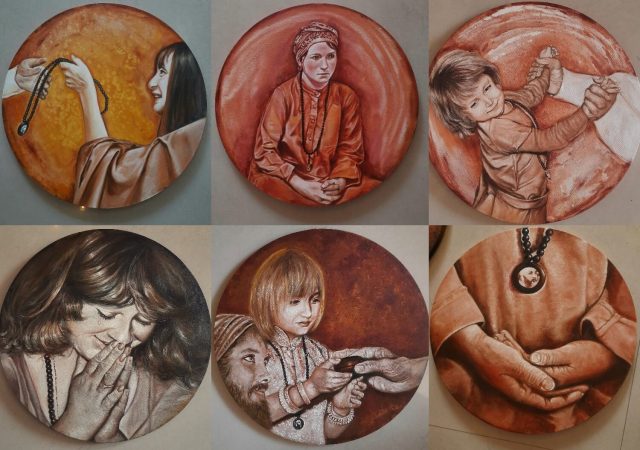By Dr. Duru Shah
Fertility preservation has taken a stride with vitrification, a technique for freezing eggs, sperm, and embryos, catering to both medical and non-medical needs. Whether for cancer treatments, ovarian surgeries, or social choices like egg freezing, this method has gained prominence. Media coverage and changing lifestyles have pushed women to explore this avenue. However, the age of freezing eggs plays a pivotal role in determining success.
Key factors impacting success include a woman’s age during egg vitrification (rapid Freezing). Younger women yield better-quality eggs, enhancing the potential for a robust egg reserve. Yet, not all frozen eggs survive the thawing process and lead to healthy embryos. The American Society of Reproductive Medicine (ASRM) reports a 90-97% survival rate post-vitrification and thawing. About 75% of these eggs fertilise, and only around 25% result in successful uterine implantation, yielding a modest 4.5-12% pregnancy rate per vitrified egg.
Recent studies show freezing at least 15 mature eggs before age 35 offers an 80% chance of a successful live birth. But as age advances, success declines.
Cryopreserved embryos offer an emerging choice for couples postponing parenthood. Implantation rates vary with age: around 52.3% for those under 35, down to 9% for those over 42. Success depends on factors like semen quality and assisted reproductive techniques. Though studies find minimal differences between fresh and frozen embryo cycles, some favor frozen cycles.
Sperm cryopreservation aids men undergoing cancer treatment or facing genital injury risks. Millions of sperm in semen contribute to embryo development. Ongoing research explores concerns like DNA damage and post-thaw survival especially in men above 45 years of age.
In this age of advanced vitrification, success rates for cryopreserved eggs and sperm match fresh cycles. Cryopreservation duration may influence live birth rates, as technology advances, fertility preservation offers diverse options for reproductive journeys.











